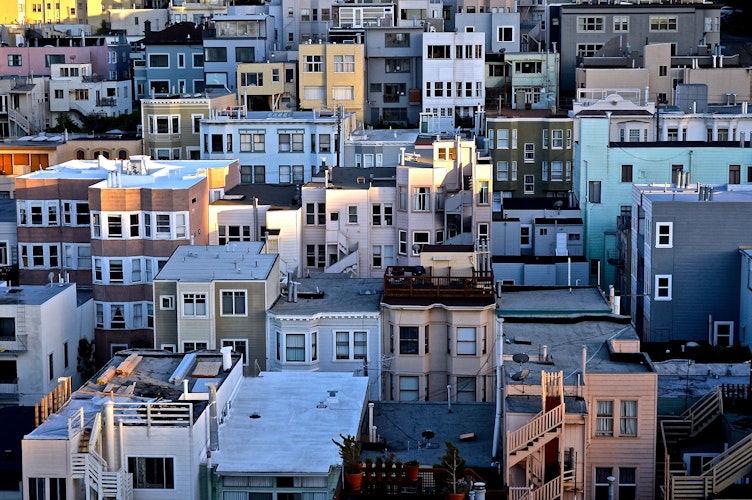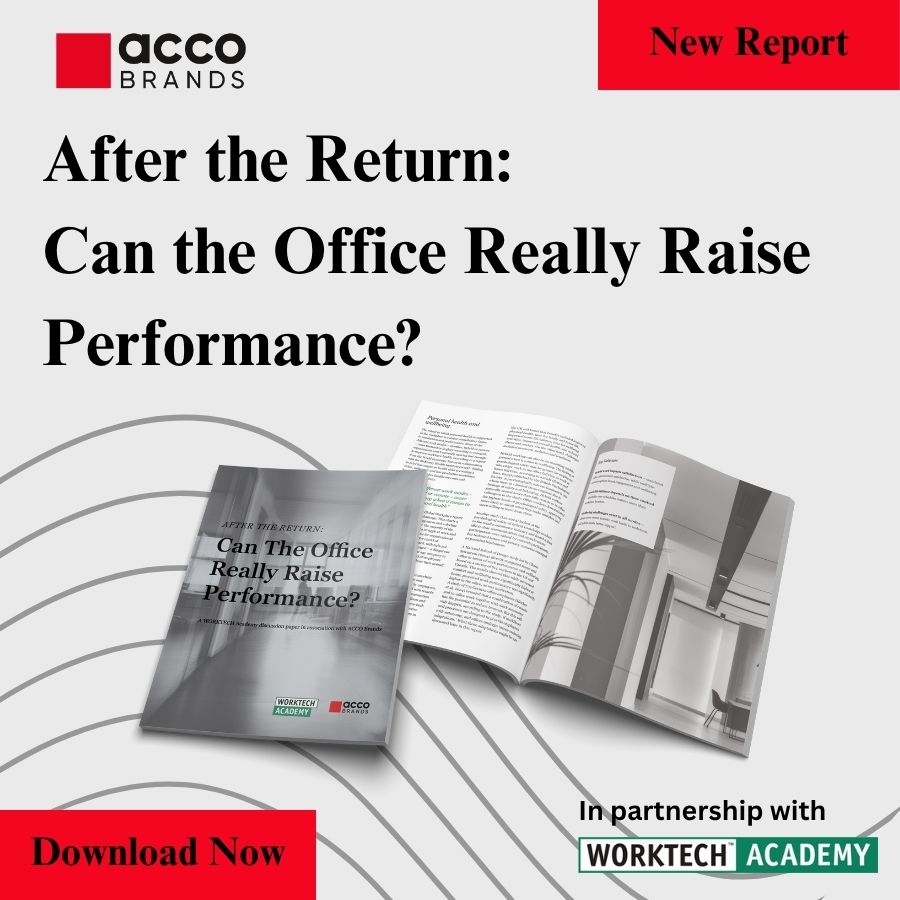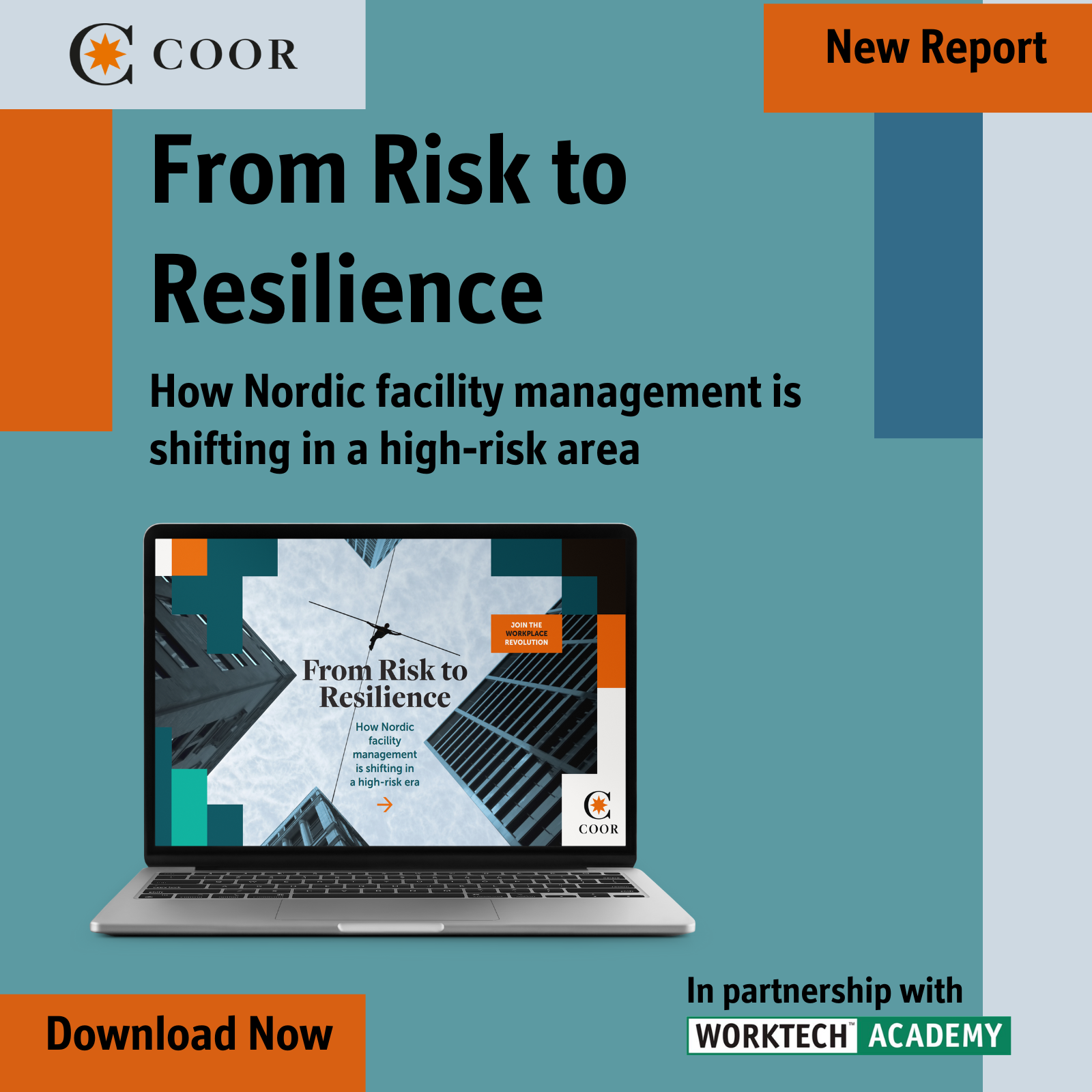The ultimate curated community: moving outside the metropolis
How can organisations compete for top talent when the expectations of new recruits are constantly rising? A new report looks at how previously unattractive, remote locations can mirror the vibrancy of cities to attract the best talent
Community has increasingly become a part of workplace in recent years. Closed, exclusive skyscrapers are giving way to open, integrated, community-led destinations where people want to congregate and interact. This blend of public and private is raising expectations for the emerging workforce who want to be able to work, shop, see a doctor, get a haircut and grab some food all in the same place.
Raised expectations constitute a problem most companies based in the heart of a city needn’t worry about, but what about those organisations who are based in the suburbs or more remote locations? The obvious solution is to move the campus to the city, but few have thought of bringing the city to the campus. If curated communities are the answer, then why can’t organisations create their own metropolis in their remote campus?
Replicating amenities
Silicon Valley is a prime example of the ultimate curated community. Seen as the Big Bang of the innovation world – the right elements, in the right environment, at the right time – it is a place which has become home to the most innovative, progressive and valuable companies in the world. Located outside of the vibrant city of San Francisco, Silicon Valley has curated a thriving community of like-minded entrepreneurs.
A focus on place-making has led to organisations replicating an entire portfolio of amenities rivalling major city destinations, including family housing, grocery stores, food halls, cinemas, banks, post offices, healthcare, leisure clubs and retail.
The trend towards mixed-use space is growing, especially with the emergence of smart precincts. The next phase is integrated, curated communities on a larger scale. Organisations will work with urban planners to curate spaces which include workspace, retail, residential, culture and tourism, all linked to great transport hubs.
In the future, will we see the emergence of new urban-style communities in remote locations instead of the exponential growth of the city? Aramark’s new report on curated communities considers the angles.








